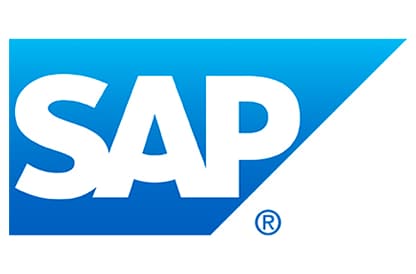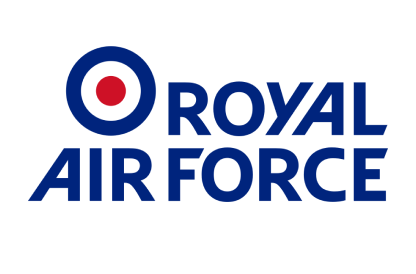When your core responsibilities include keeping expensive, peace-keeping aircraft flying, the quality and immediacy of your maintenance and supply chain reporting activities will be paramount.
Previously, the Defence Equipment and Support department had clipped wings when it came to information reporting from its air logistics engineering systems. Although a wealth of engineering, asset management and other essential data was being recorded and safely stored, the process of extracting and reporting on this information was far from easy or efficient. So, when the RAF introduced the Typhoon multi-role combat aircraft, it decided something needed to be done.
So successful was its employment of specialist reporting solutions from OpenText™ Magellan™ Analytics Suite to provide Typhoon reporting efficiencies, the DE&S Air Logistics Reporting team is now exploiting the OpenText capabilities to replace other reporting solutions for other aircraft platforms.
Manual manipulation
“Typhoon data is stored in two different data sources, which we need to pull together to produce reports,” explained Squadron Leader Alan W Moore, head of reporting services within the Information Exploitation Branch, Supply Chain Support Programmes, within Defence Equipment and Support at RAF Wyton.
For other platforms, it didn’t help that the main database, Informix, was an older, legacy system. To provide actionable decision-support information from this source to internal operations staff, contractors and clients, Squadron Leader Moore’s department had the painstaking task of extracting the data using SQL queries and manipulating it using spreadsheet macros and then presenting the data in an appropriate way, a process which was not efficient for report customers to perform.
The Informix system holds logistics data, such as engineering and asset management records, including vital maintenance and product life parameter information, as well as reference data about the structure of the aircraft. Comprehensive reporting depends on being able to pull together data and presenting it under the reference structure.
Although Moore’s team did have some reporting capabilities in a business intelligence tool with the introduction of the Typhoon aircraft, this had several limitations, not least its inability to draw data from more than one source. “Modern reporting tools are generally very good at manipulating data from modern data sources, but they are not so good at looking backwards and working with older systems,” Squadron Leader Moore noted. It became clear that the RAF needed a dedicated, powerful reporting capability with greater flexibility.
Across the disparate systems, the team needed to extract data from numerous discrete sources, including the RAF’s Logistics Information Technology System (LITS) and the Maintenance Data System (MDS), data from the back-office system, plus the Management of the Joint Deployed Inventory Proof of Concept Management Information System (MJDI POC MIS) which tracks the flow of material.
“As it was, we only had one reporting tool for one application, and we couldn’t employ this to get a complete picture of activities across whole fleets when fleet data was managed in different E&AM systems,” Moore recalled. Trying to achieve this fuller picture was inefficient for his department, which at that time was populated with some 30 people dedicated to the job of generating reports.
Multiple challenges, single solution
When the DE&S’s Management Information Branch went to the market, its mission was to find a modern reporting tool that could effortlessly draw data from across new and older systems.
There were other critical requirements, too. Said Moore: “We needed a solution that would comply with MOD Architecture and be run over the MOD RLI intranet, connect to multiple database sources of differing standards, produce output in multiple, graphical formats and that would minimize development resources.”
Crucially, the reporting application also needed to provide web-based reports that could be manipulated by customers. The RAF needed complete flexibility, since a further objective was to maximize use of internal resources, as well as getting critical, meaningful, accurate information to the users that needed it without delay.
Requested reports can range from those with direct operational importance, as used by operating squadron personnel or support organizations, to those relating to customer support agreements and contract performance management. To ensure that accurate, up-to-date, comprehensive and relevant information was delivered to the right people at the right time, Moore’s team needed to establish a fully network-capable system that extended from the technicians on the ground to customers in different support organizations and which could be accessed flexibly across different locations, using workstations and laptops supporting both remote and autonomous use.
“Before, we didn’t have network-based tools, so there was no web access,” Moore explained. “We wanted the user to be able to log in wherever they were on the network, particularly for support staff who move from site to site.”






 RAF Defence Equipment and Support Logistics
RAF Defence Equipment and Support Logistics


